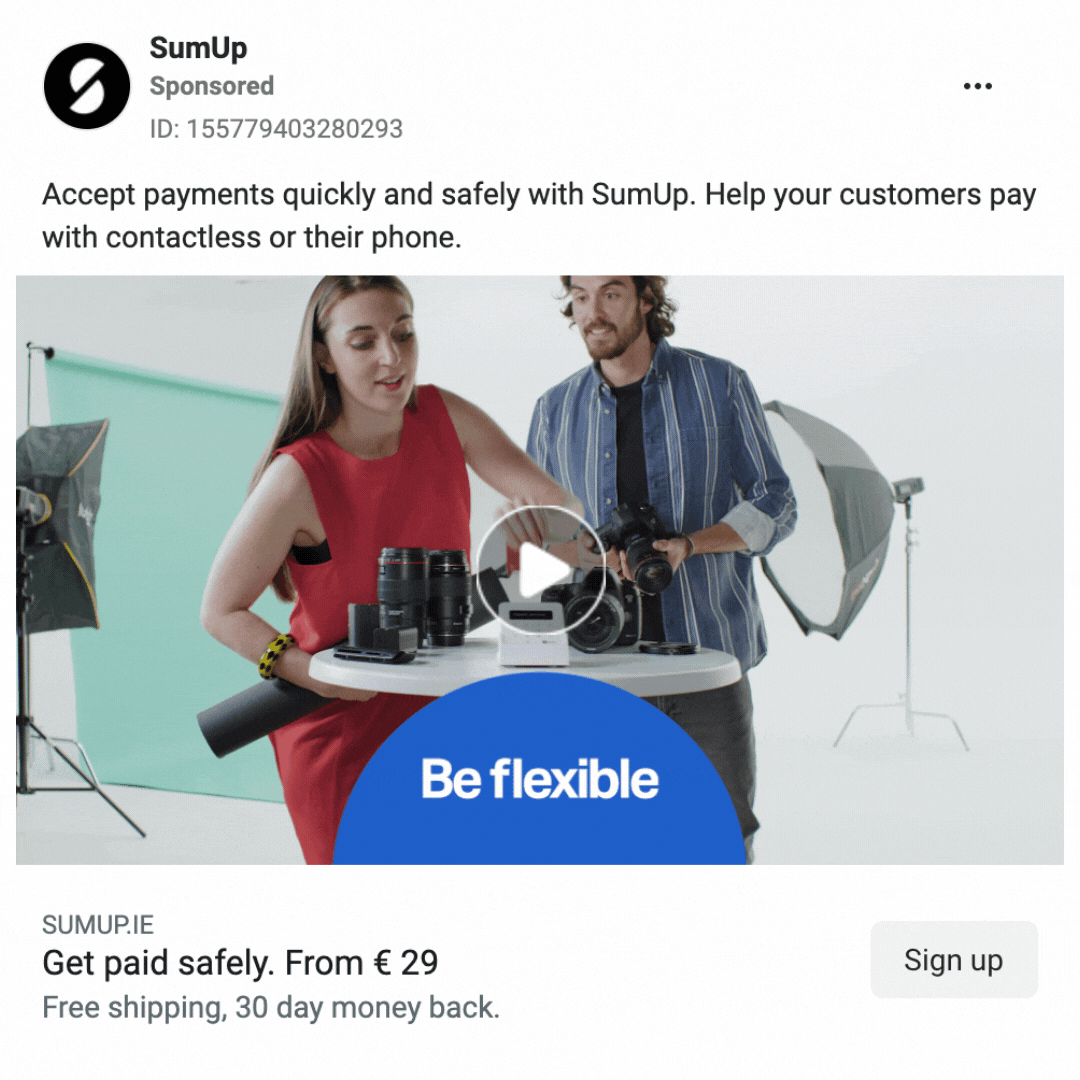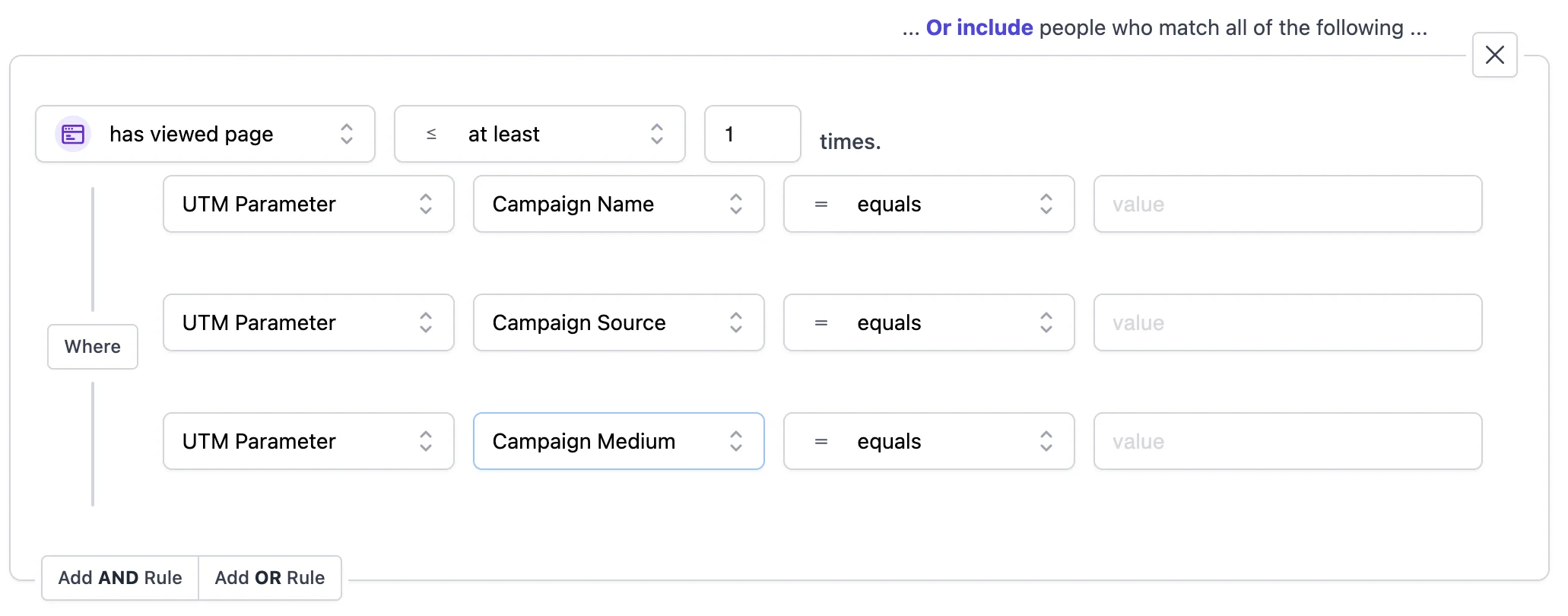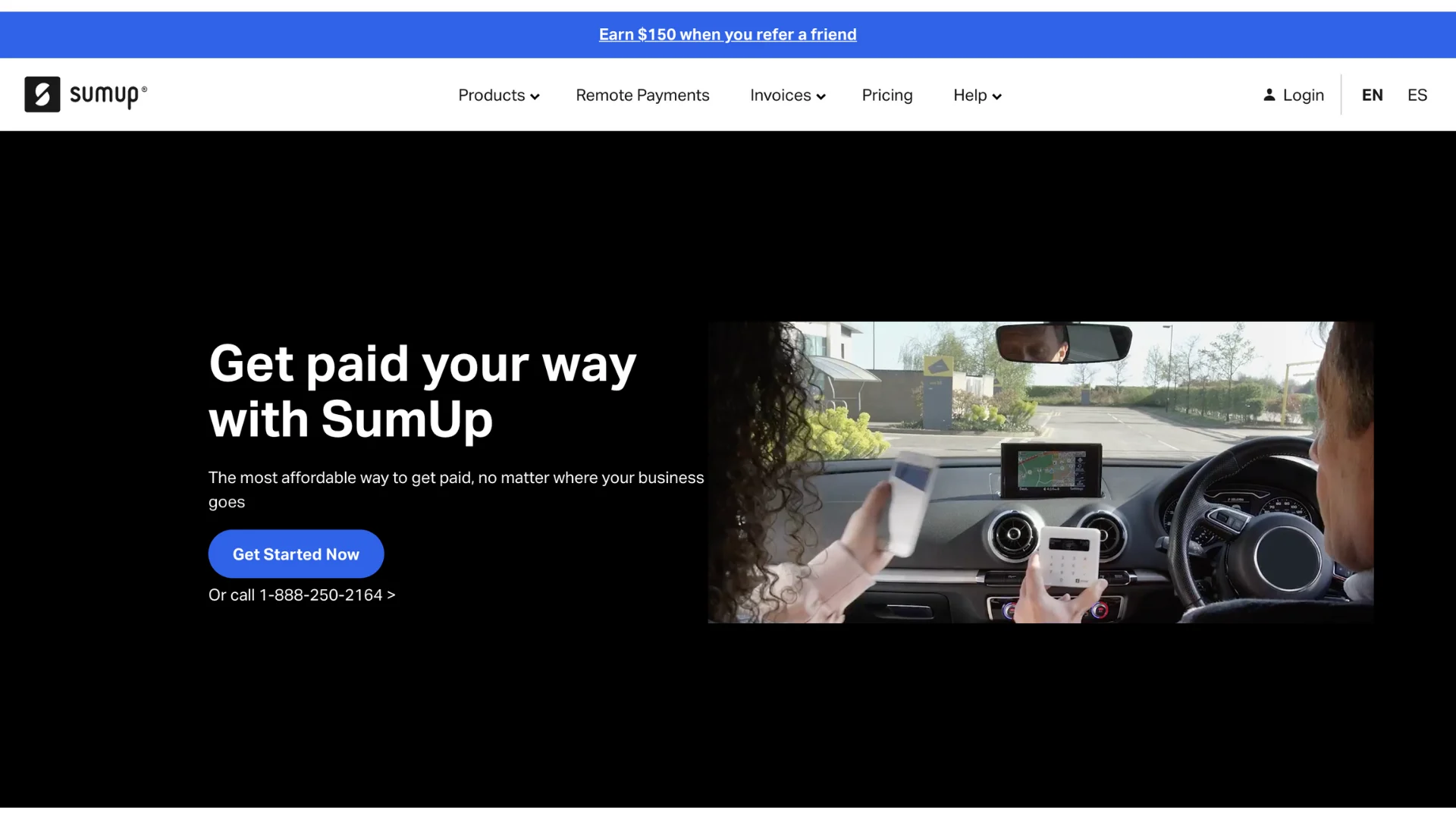- Firmographic Personalization
How to Personalize the Landing Page Experience Based on Industry

The Objective of Industry Based Personalization
There are multiple ways you can personalize the landing page experience. In this playbook, we will discuss how to do so based on industry.
Different industries have different goals and expectations from a landing page.
No matter if it's a B2B business or something more consumer-based, there are lots of different ways that you can tailor the information and visuals on your pages so that they match up with what people in each respective field might be looking for.
Personalization is a powerful tool that gives your landing page a competitive advantage.
The more personal the connection between your landing page and customers, the more likely it is to convert.
How to Personalize for Different Industries
There are basically two primary ways of personalizing the landing page based on industry:
Industry-specific ads
IP intelligence
For the first one, you can create different variations for each industry-specific ad group and show these variations based on the UTM parameter of each industry-specific ad.
The second one is also very similar to the first one. In this case, instead of using ads as a data source, you'll be using IP intelligence tools to deanonymize your website traffic.
Here are the steps for landing page personalization based on industry:
Defining audiences (in this case: industries)
Identifying intent signals
Choosing landing page elements to personalize
Creating variations
Attaching audiences to variations
Intent Signals
Effects of Industry Based Personalization
With industry-based personalization, the company can tailor experiences for different customers by providing more profound and better insights.
It'll ultimately lead to higher conversion rates via more focused and compelling customer experience strategies.
Personalizing the Landing Page Experience on SumUp Based on Industry
About SumUp
SumUp is a leading financial technology company operating across 32 markets on three continents.
SumUp empowers business owners by enabling them to accept card payments in-store, in-app, and online, in a simple, secure, and cost-effective way.
Technology Stack
Personalization Process
Step 1: Defining Audiences
Before diving into the personalization, first, we need to define whom SumUp is going to personalize for.
In this step, we determined the customer segments of SumUp based on their Facebook Ads:

From these ads, we identified that SumUp has five different major customer segments based on their industry:
Drivers (Taxi Drivers, Private Drivers, VIP Drivers, etc.)
Freelancers (Photographers, Videographers, Accountants, etc.)
Restaurants & Cafes
Beauty Salons (Hair Salons, Nail Salons, Makeup Salons, etc.)
Other Small Businesses (Mechanic Shops, Florists, etc.)
Step 2: Identifying Intent Signals
In this case, we'll use campaign data (UTM Code):
source
medium
content
campaign
as an intent signal.

Step 3: Choosing Landing Page Elements to Personalize
After defining the audiences, it's time to choose which components to personalize on the landing page. To keep this case study simple and to the point, we'll personalize only one element.
This element is: Hero Image.
Step 4: Creating Variations
So far, we've defined audiences, intent signals, and elements to personalize. Now, it's time to create variations of chosen elements for defined audiences.
In our case, we'll create different hero images for different industries.
Step 5: Attaching Audiences to Variations
After defining which components to personalize and creating variations for these components, it's time to attach audiences to these variations.
The Bottom Line
Instead of creating n number of landing pages manually (one by one), SumUp can create these pages automatically by creating variations on Contentful with Ninetailed.
After attaching audiences to variations, the experience of the landing pages will be automatically personalized. To understand it better, you can look at the final result of our sample personalized landing page above.
In websites with many components, such as Sumup, it is critical to start with simple cases and iterate. Through continuous learning and experimentation, this strategy enables various teams to analyze acquired data, discuss new ideas, hypothesize further improvements, and so on.
Ultimately, all these continuous efforts will help brands to create meaningful personalization experiences for their customers.

